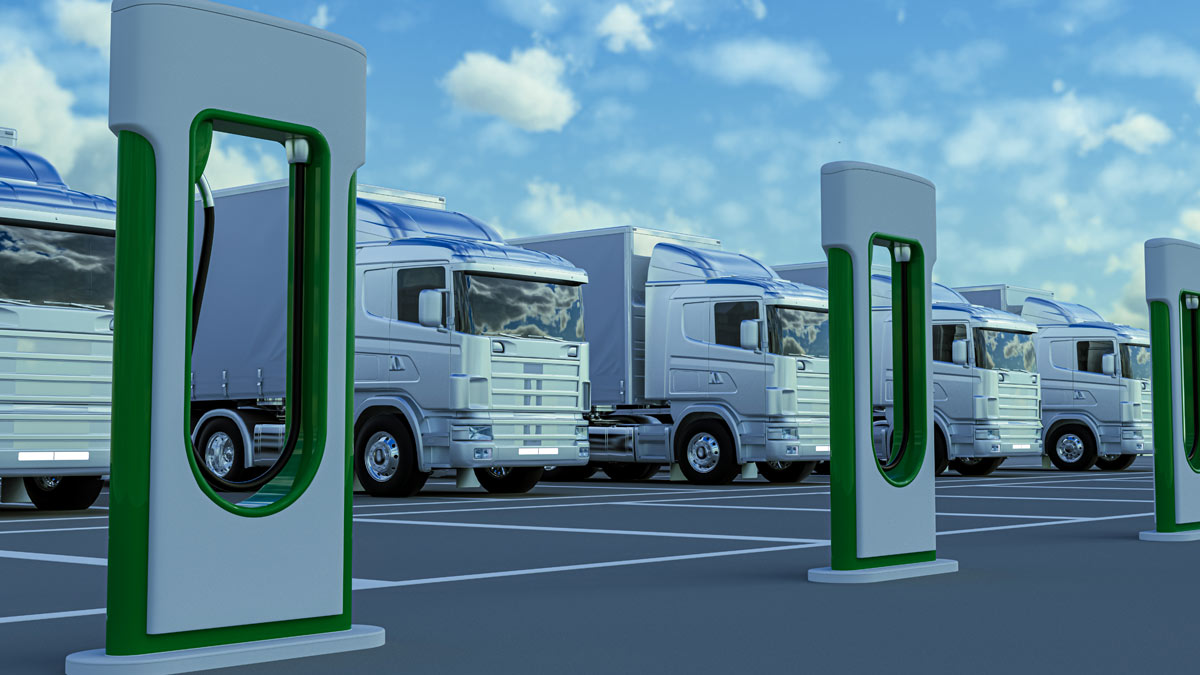In recent years, electric vehicles (EV) have gained a lot of momentum, with an increasing number of individuals, businesses, and organizations recognizing the benefits of transitioning to more sustainable transportation options. As a result, many facilities are faced with the growing demand for EV charging infrastructure. However, incorporating this infrastructure can be complex and challenging.
One of the foremost challenges facilities face is accurately predicting the amount of charging infrastructure necessary. While fleet operations can often ascertain the direct number of EVs through client/operator discussions, this is not always feasible for other use cases. Many facilities lack precise data on the number of EV users, be it employees or visitors. In such scenarios, a more sophisticated approach is required.
Creating a Comprehensive Tool: A Multi-Faceted Approach
Recognizing the absence of a robust tool to help estimate EV charging infrastructure needs, our team worked to create a solution that would address this critical gap. Our goal was to develop a method that could effectively determine the required charging infrastructure for diverse facilities, considering a range of variables that influence EV ownership and usage.
For facilities where the direct number of EVs is difficult to ascertain, we adopted a multi-faceted approach that leverages statistical significance and historical trendline data. By identifying characteristics statistically associated with EV ownership, such as demographic information, location data, and other relevant factors, we create a profile that is compared to the estimated user population. This comparison is further contextualized by historical statewide trendline data on EV ownership.
Our estimation model goes beyond simply identifying EVs. We recognize the importance of incorporating factors that could influence EV ownership trends. Goals and incentive programs available to potential users of the facility are taken into account, as they play a pivotal role in encouraging EV adoption. By considering these influencing factors, we provide accurate estimates that look to the future.
While determining the number of EVs that a facility can expect is a significant step, it is only part of the equation. The need and desire to charge these vehicles at the facility must also be considered. After evaluating all relevant factors, we arrive at a comprehensive estimate of the number of vehicles that will require charging services.
Once the estimated number of EVs has been established, the next crucial step is to determine the most suitable type of chargers to install. This involves analyzing the expected usage patterns of the vehicles. High-frequency charging needs might necessitate the installation of fast chargers, while lower usage could be accommodated by slower, more cost-effective alternatives.
Are you ready for the EV revolution?
As the EV landscape continues to evolve, the importance of accurate and comprehensive estimations for charging infrastructure needs cannot be overstated. The challenge of accommodating an increasing number of electric vehicles requires innovative solutions. Our approach, which combines statistical analysis, historical trends, and influencing factors, offers a holistic method for facilities to plan their EV charging infrastructure effectively. By anticipating the needs of both EV owners and users, we contribute to the seamless integration of electric vehicles into the fabric of modern transportation.
In a world where sustainability and environmental consciousness are paramount, our tool provides a way forward, allowing facilities to proactively meet the demands of the electric vehicle revolution and contribute to a cleaner, greener future.



